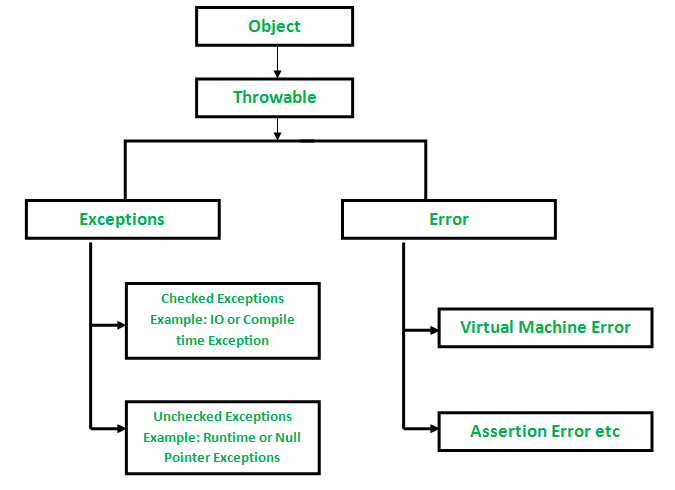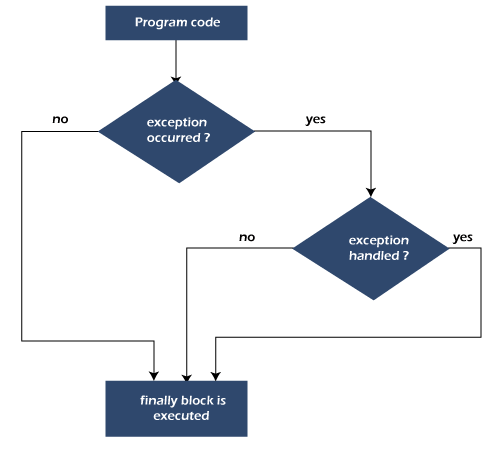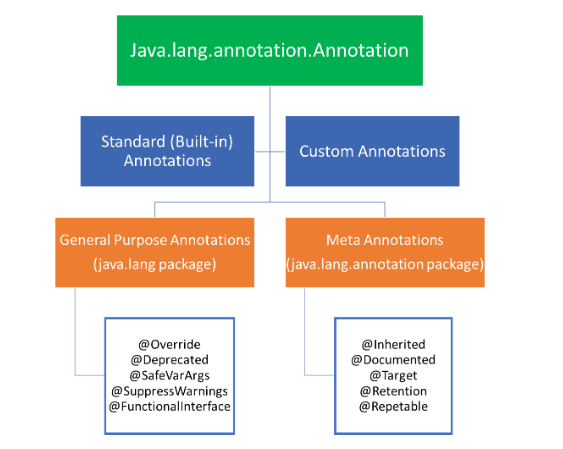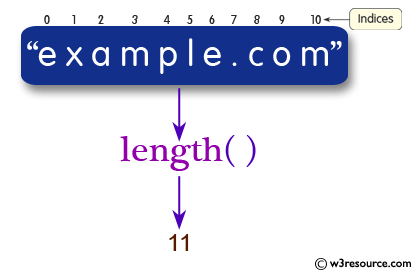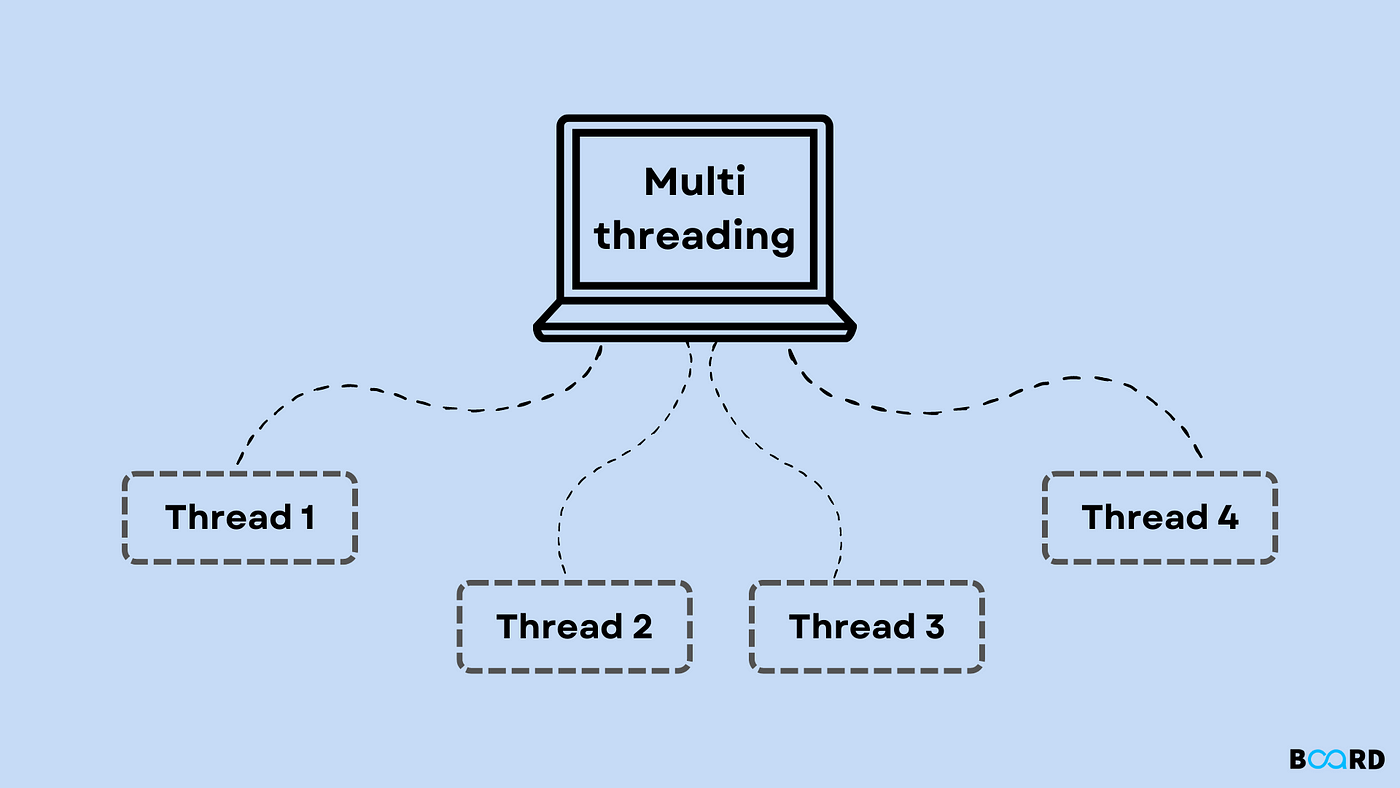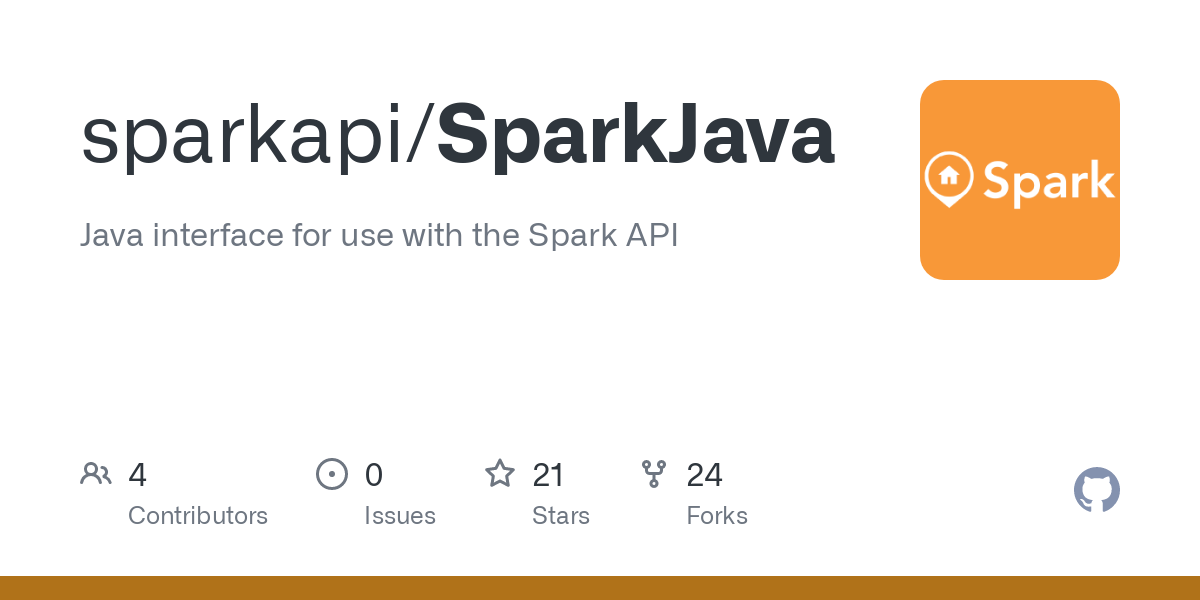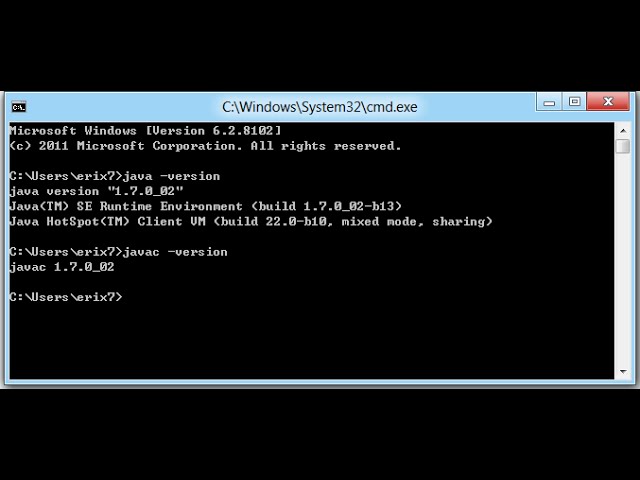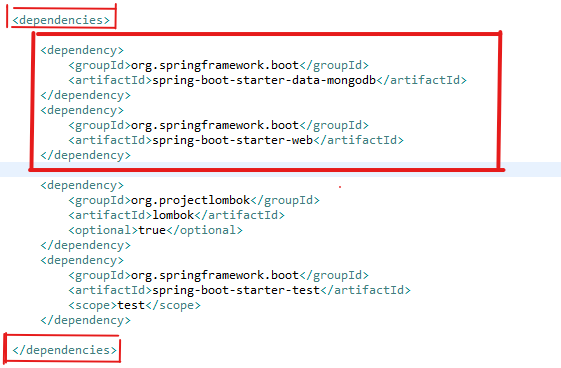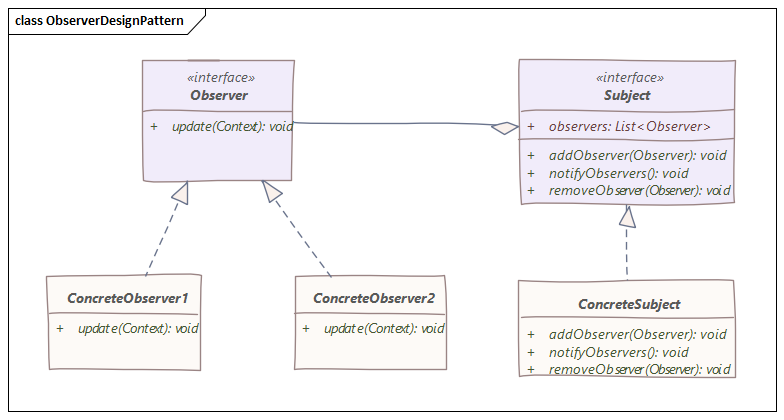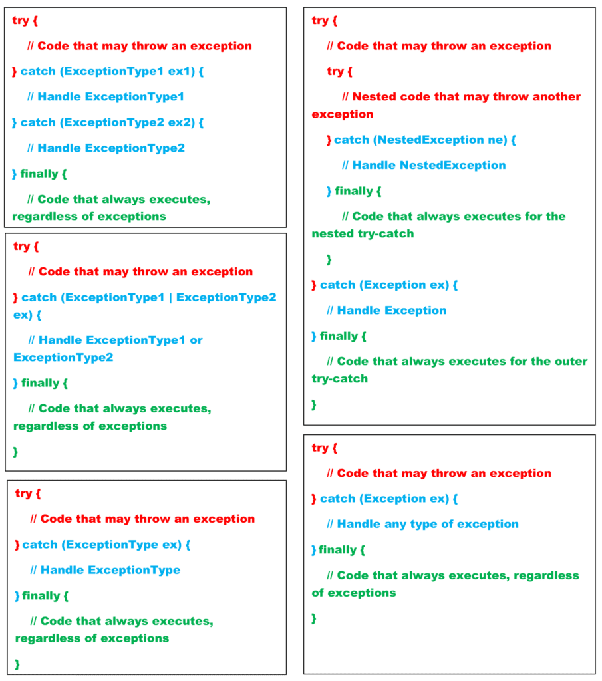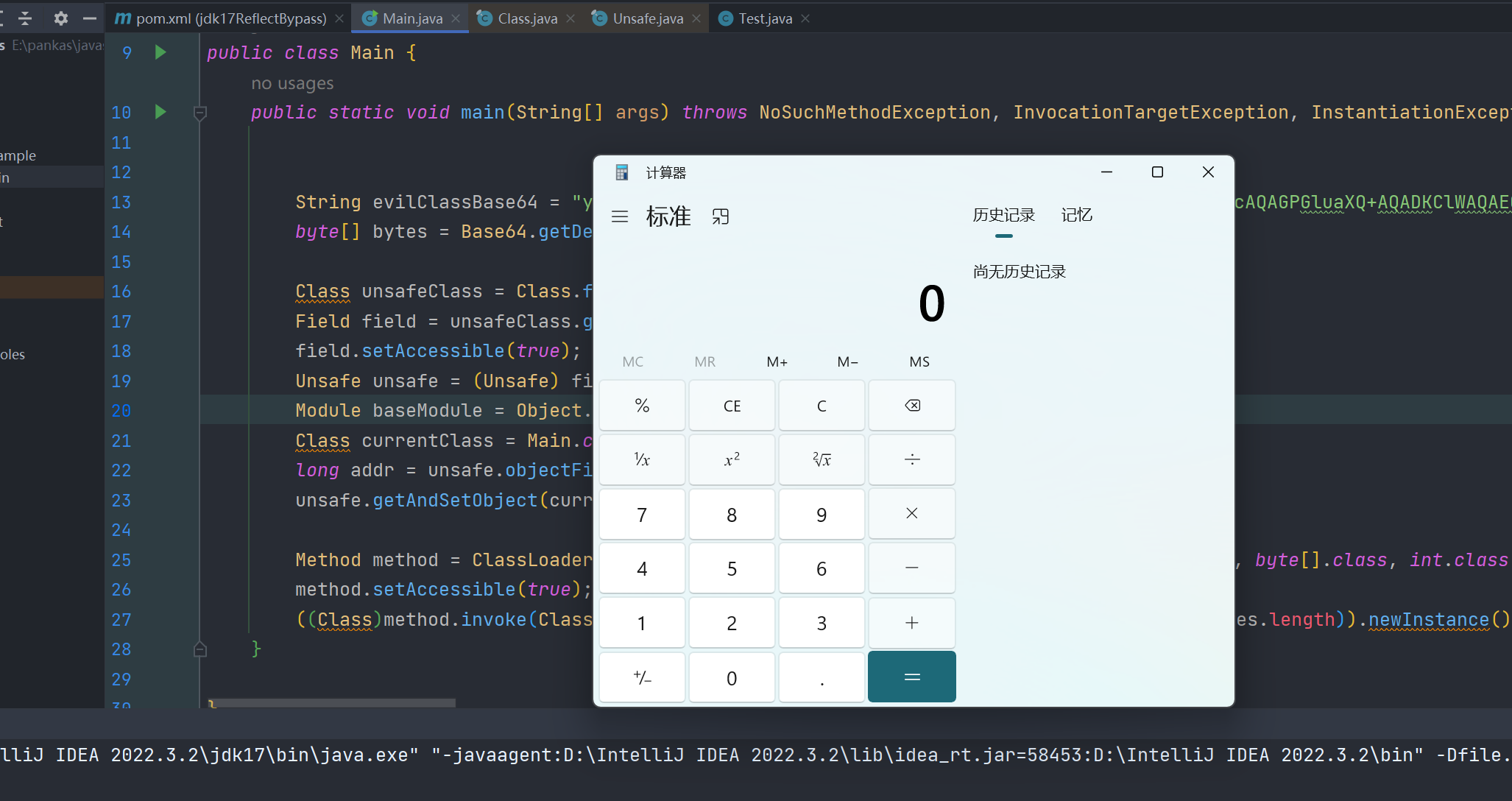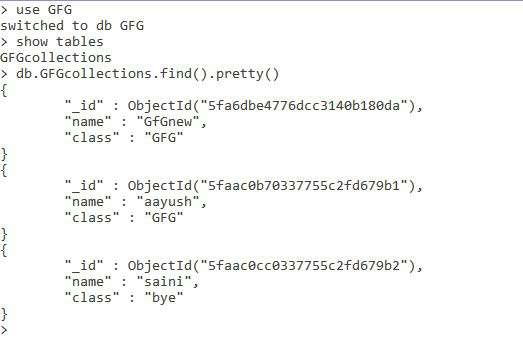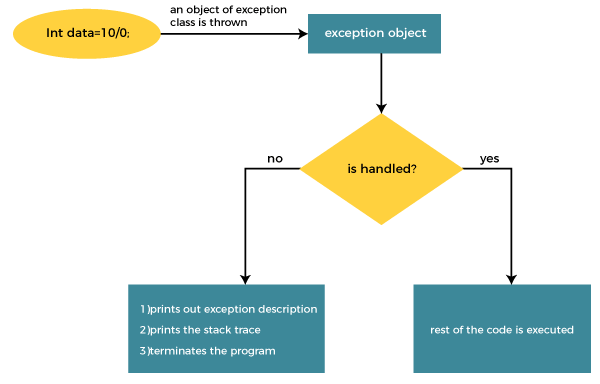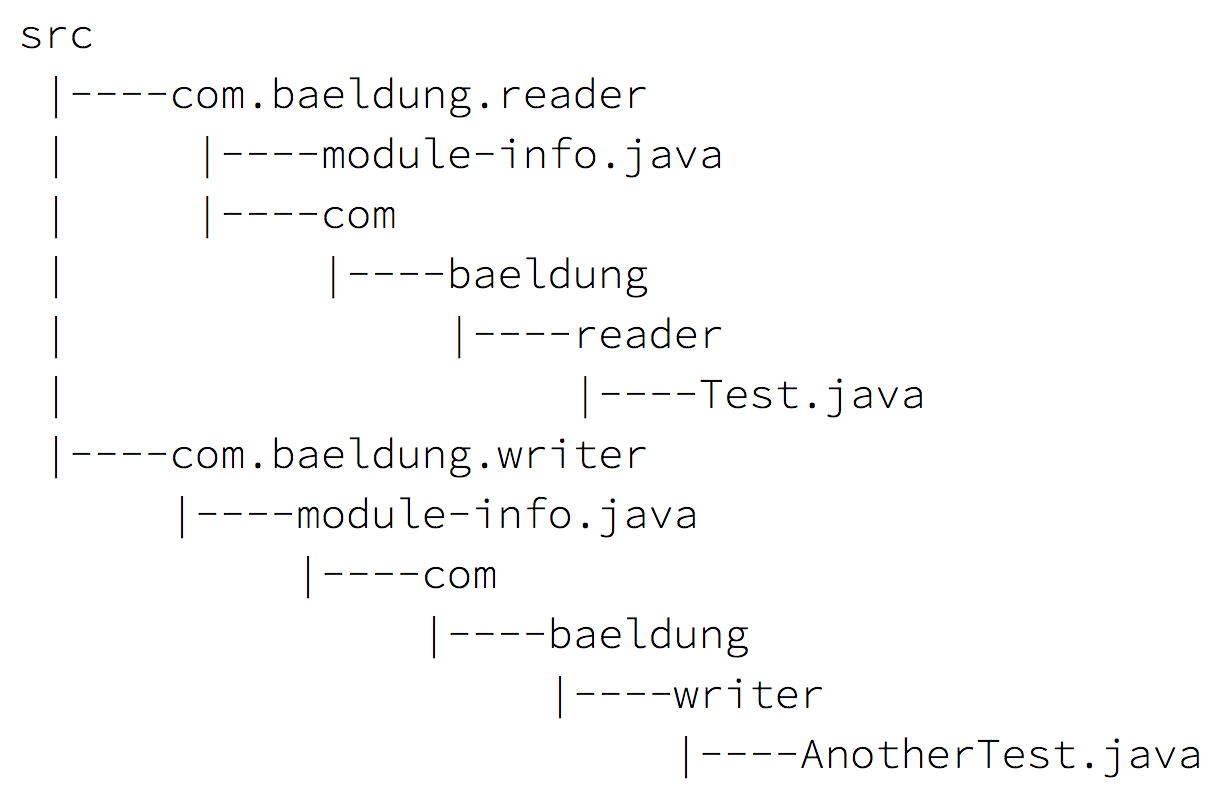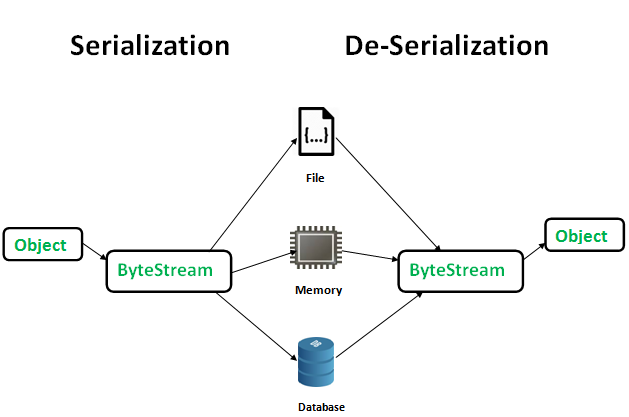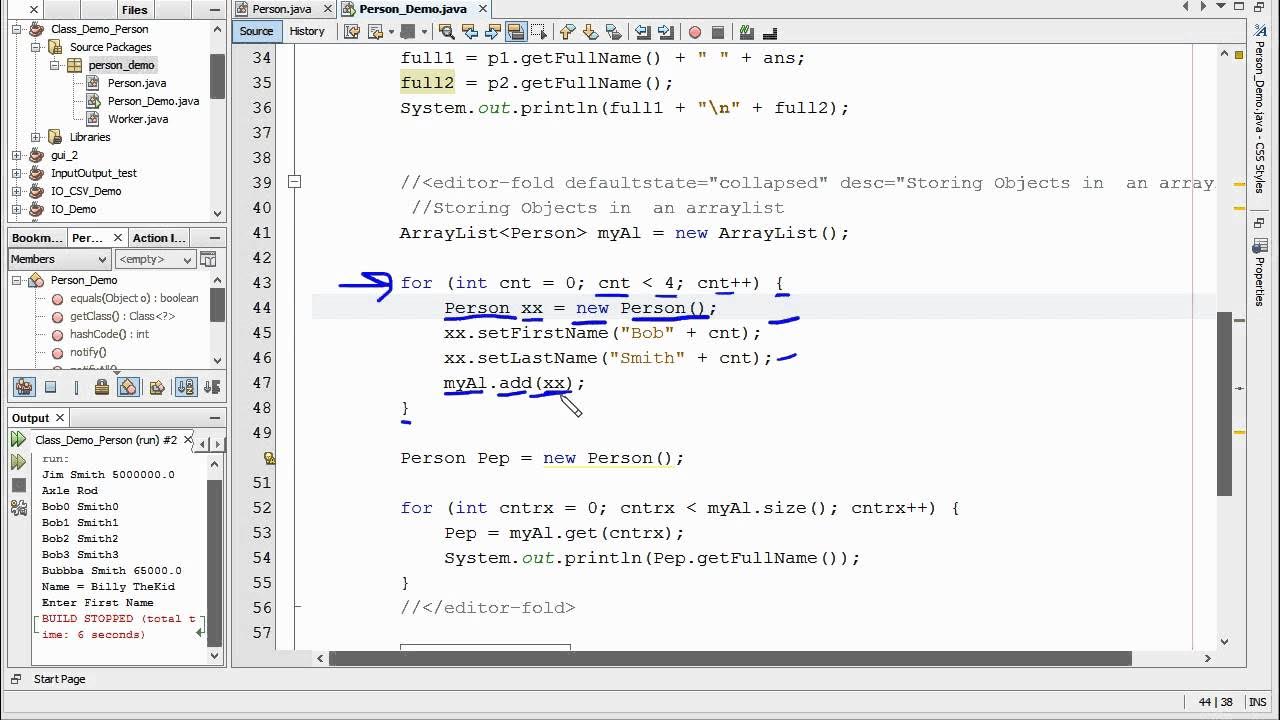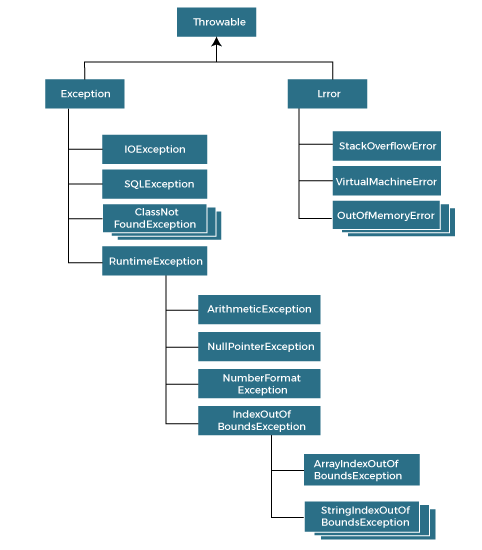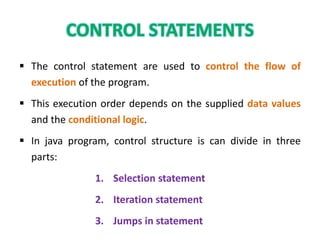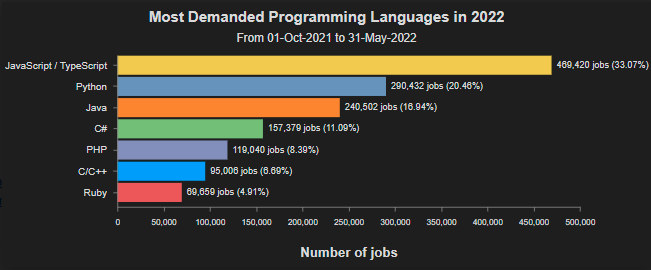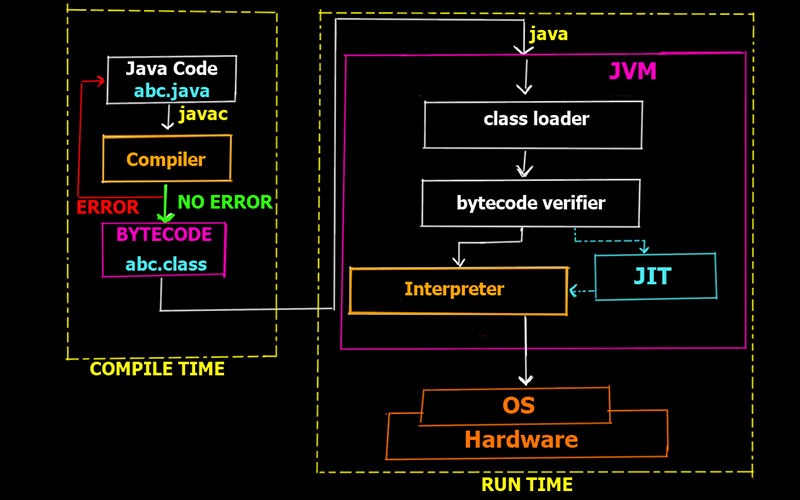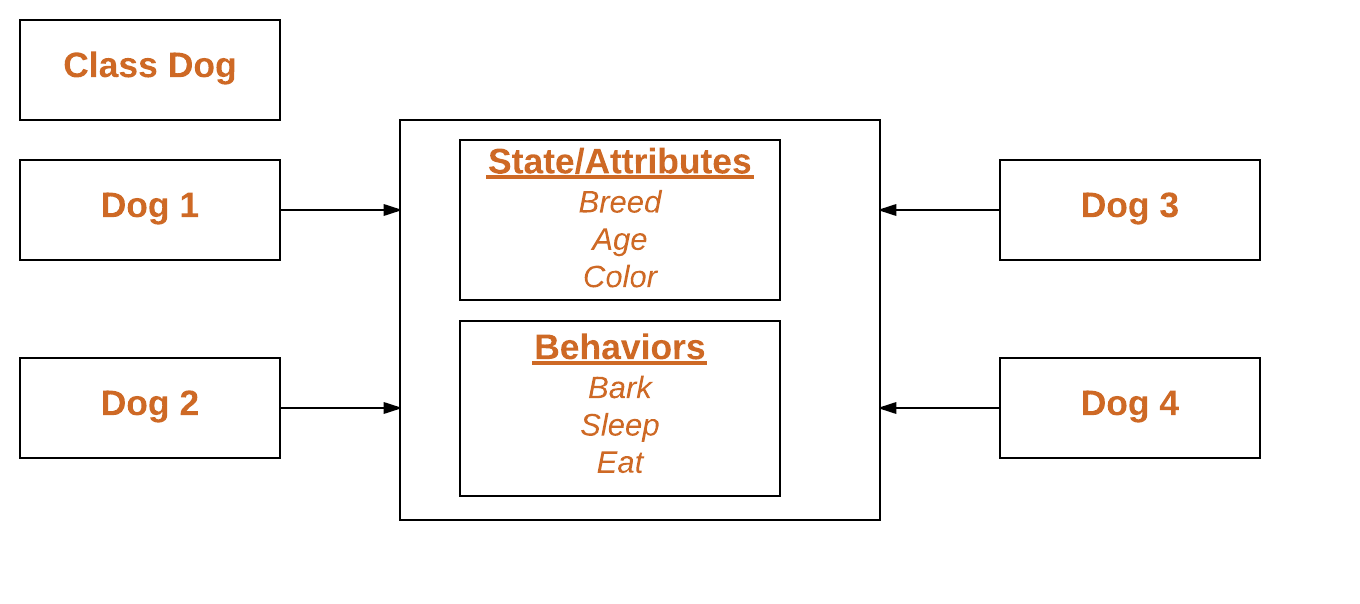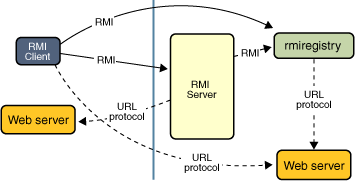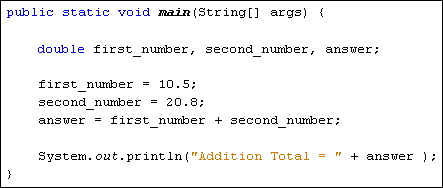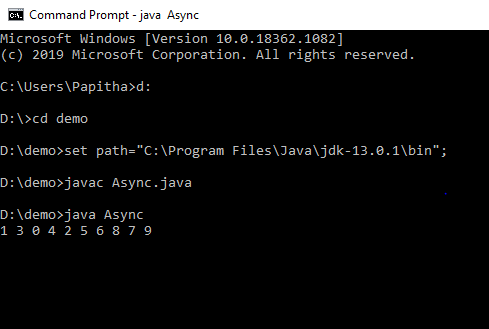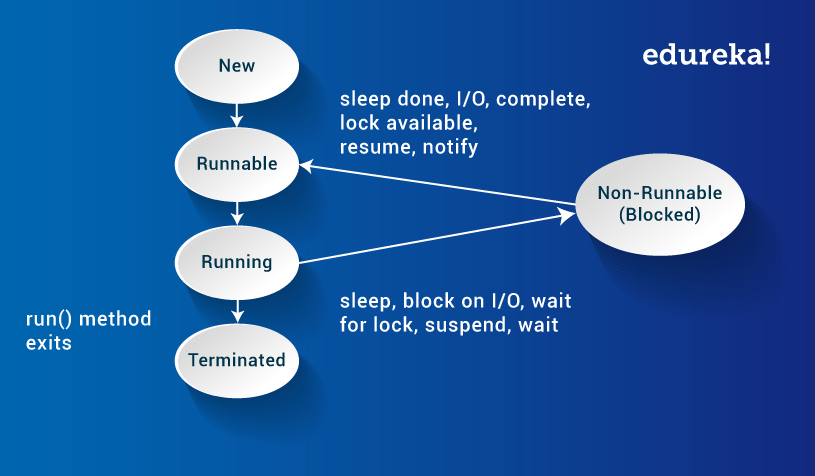How to troubleshoot deadlock in Java?
How to troubleshoot deadlock in Java?
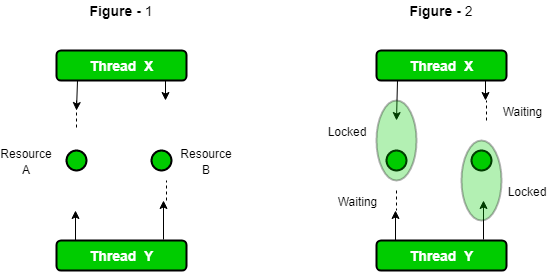
Troubleshooting deadlocks in Java requires a combination of understanding the fundamental concepts and using various debugging tools. Here's a step-by-step guide to help you detect and resolve deadlocks:
Understand what causes deadlocks: A deadlock occurs when two or more threads are blocked indefinitely, each waiting for the other to release a resource (e.g., a lock). This is typically caused by improper synchronization or flawed logic in your program. Monitor thread states: Use tools like VisualVM or Java Mission Control to monitor your application's thread states. Look for threads that are stuck in "WAITING" or "TIMED_WAITING" state, which may indicate a deadlock. Use logging and debugging tools: Enable debug logging and use tools like Log4j or SLF4J to track down the issue. You can also use Java's built-in logging API,java.util.logging. This will help you identify threads that are stuck in deadlocks by analyzing log output.
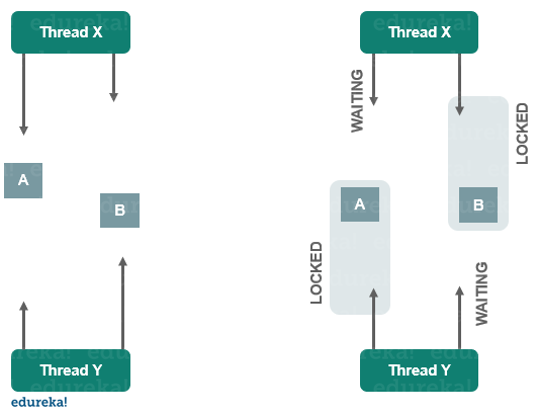
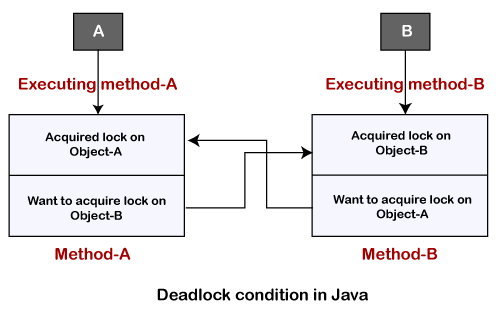
java.util.concurrent.CopyOnWriteArrayList or java.util.concurrent.ConcurrentHashMap instead of raw Java arrays or HashMaps to reduce the risk of deadlocks. Avoid excessive locking: Avoid excessive locking, as this can increase the likelihood of deadlocks. Instead, use lock-free data structures or consider using more advanced concurrency controls like locks or transactions. Test and iterate: Thoroughly test your application with various scenarios and edge cases to ensure that you're not introducing new deadlocks. Iterate on your code until you're confident that it's free from deadlocks.
Some popular Java libraries for debugging and troubleshooting include:
VisualVM: A visual Java profiling tool. Java Mission Control: A JVM-based performance monitoring and diagnostics tool. Java Flight Recorder (JFR): A low-overhead, high-precision profiler and diagnostic tool. OpenJDK's jstack: A command-line tool to generate thread dumps.By following these steps and leveraging available tools and libraries, you'll be well-equipped to detect and resolve deadlocks in your Java applications.
Java deadlock github
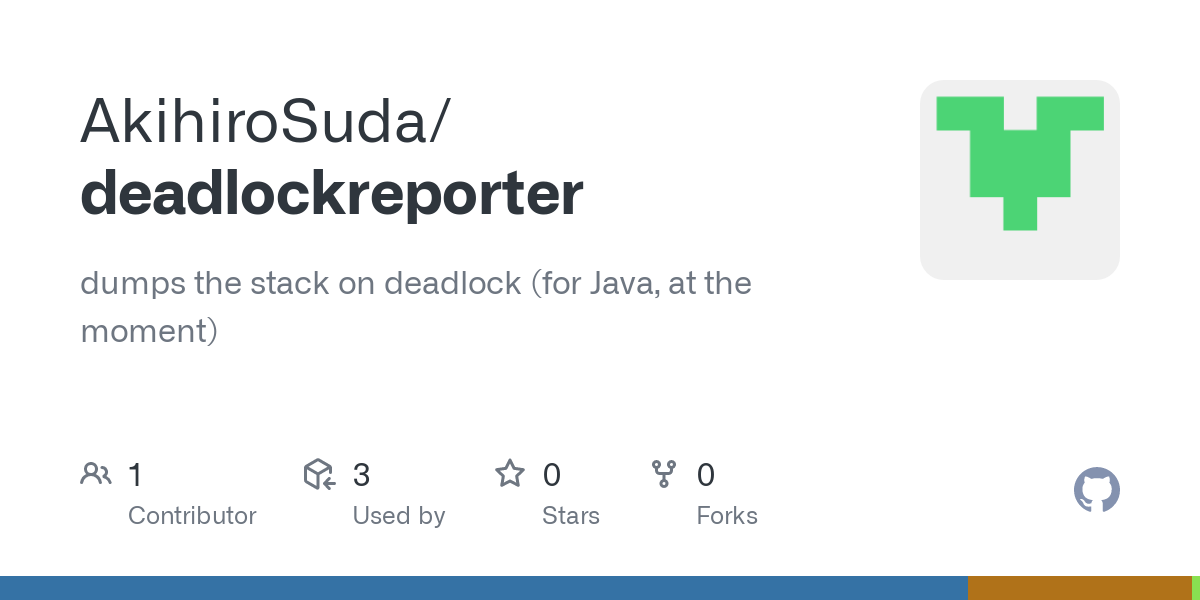
I'm happy to respond in English for this special request!

Java Deadlock on GitHub: Understanding the Concepts and Debugging Strategies
Deadlocks are a type of concurrency bug that can occur when two or more threads are blocked indefinitely, each waiting for the other to release a resource. In Java, deadlocks can happen when multiple threads access shared resources simultaneously, leading to an impasse where none of the threads can proceed further.
What Causes Deadlock in Java?
In Java, deadlock occurs when the following conditions are met:
Mutual Exclusion: Two or more threads compete for a common resource (e.g., a lock, a database connection, or a file). Holds and Waits: Each thread holds onto a resource and waits for another thread to release a resource. No Preemption: There is no mechanism to preempt one thread's access in favor of another.To illustrate this, let's consider an example:
Suppose two threads, A and B, are accessing a shared resource (a lock) concurrently. Thread A has acquired the lock and is executing critical section A. Meanwhile, thread B attempts to acquire the same lock but is blocked since it cannot proceed until thread A releases the lock.
Similarly, thread B has acquired another lock and is executing critical section B. If thread A tries to access the second lock, it will be blocked because thread B is holding onto it and waiting for thread A to release the first lock.
This situation results in a deadlock, where both threads are indefinitely blocked, each waiting for the other to release a resource.
Debugging Strategies for Deadlocks in Java
To detect and debug deadlocks in Java, you can use various strategies:
Thread Dump: Create a thread dump by callingthreadDump() or jstack to visualize the currently running threads and their state. Print Stack Trace: Use logging statements or print stack traces to identify which threads are blocked and what resources they're waiting for. Use Profiling Tools: Utilize profiling tools like VisualVM, Java Mission Control, or YourKit to analyze thread concurrency and detect potential deadlocks. Test Cases and Scenarios: Design test cases that cover scenarios where the deadlock might occur. Run these tests repeatedly to identify patterns and potential issues. Code Review: Carefully review your code for potential deadlocks by analyzing resource usage, lock acquisition, and release.
How to Avoid Deadlocks in Java
To prevent deadlocks in Java, consider the following best practices:
Use Lock-Free Data Structures: Implement data structures that don't require locks or use alternative concurrency mechanisms (e.g., atomic variables). Prioritize Critical Sections: Design critical sections to be short and minimize contention for shared resources. Avoid Nested Locks: Refrain from acquiring nested locks, as this increases the likelihood of deadlocks. Use Wait-Free Algorithms: Implement wait-free algorithms that avoid blocking or waiting for resources.By understanding the concepts and applying these debugging strategies and best practices, you can effectively prevent and troubleshoot deadlocks in your Java applications.
